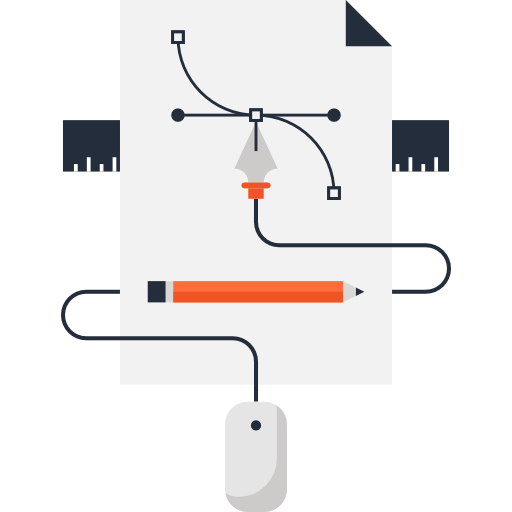Accueil

Connexion

Liste des cours

Exercices

Projets

Département SD

How To
L'exercice suivant est automatiquement et aléatoirement généré par ataraXy.
Si vous regénérez la page (F5) les valeurs seront changées.
La correction se trouve en bas de page.